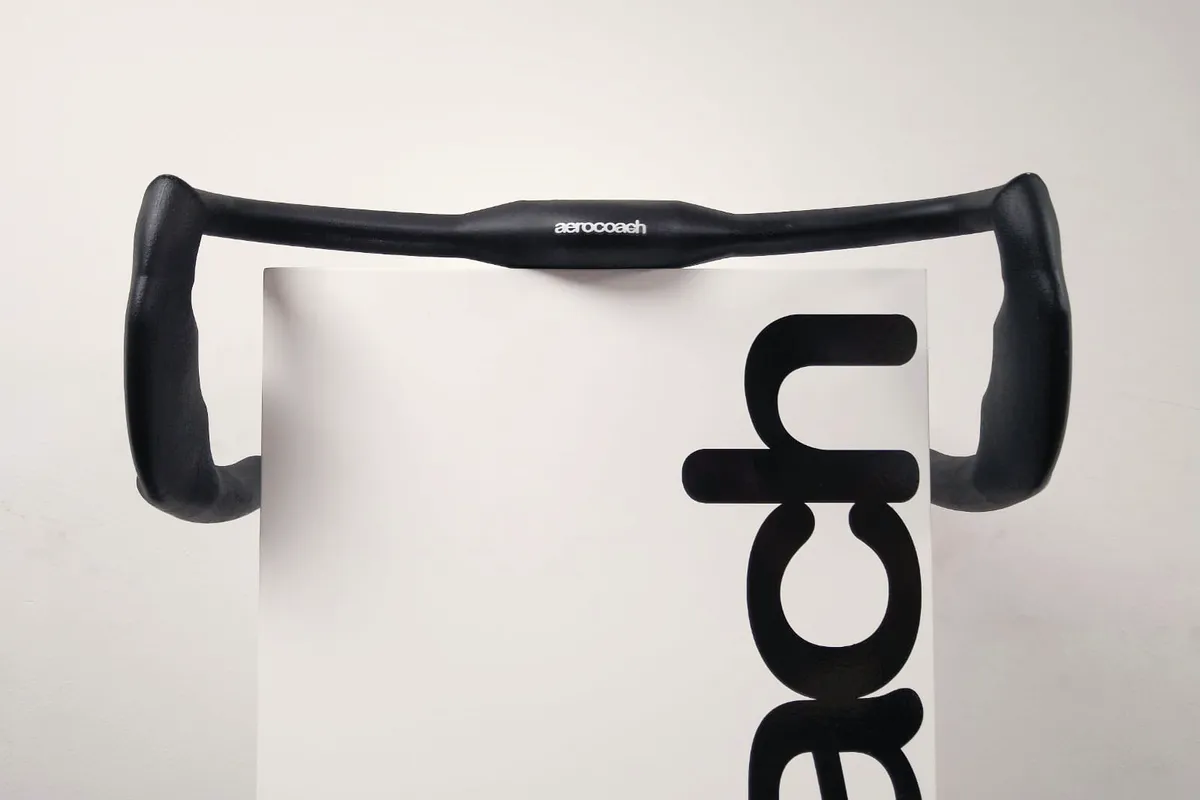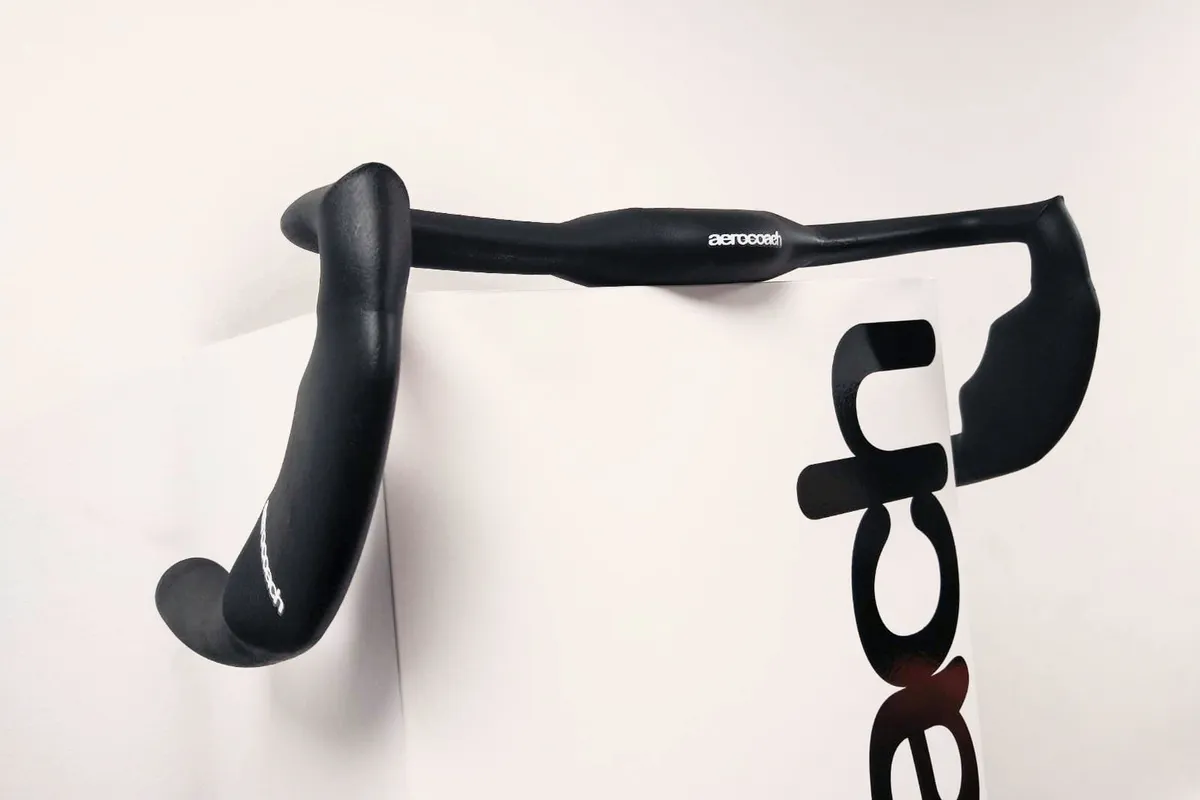AeroCoach, a British brand that offers aerodynamic testing and components, has released a set of custom carbon-fibre aerobar extensions, called the AeroCoach Vantaggio extensions, that are quite possibly the most expensive tri-bars in the world.
Recently used by Team Ineos rider Filippo Ganna to break the individual pursuit world record, prices start at a staggering £1,800 (approximately €2,100 / $2,300 – though prices may differ due to local tax rates) for the track specific versions, rising to £2,000 if you want compatibility with Shimano Di2 or SRAM eTap shifters.
- Is this the world’s most expensive stem?
- CeramicSpeed’s mad chainless Driven drivetrain now changes gear, and it’s for mountain bikes too
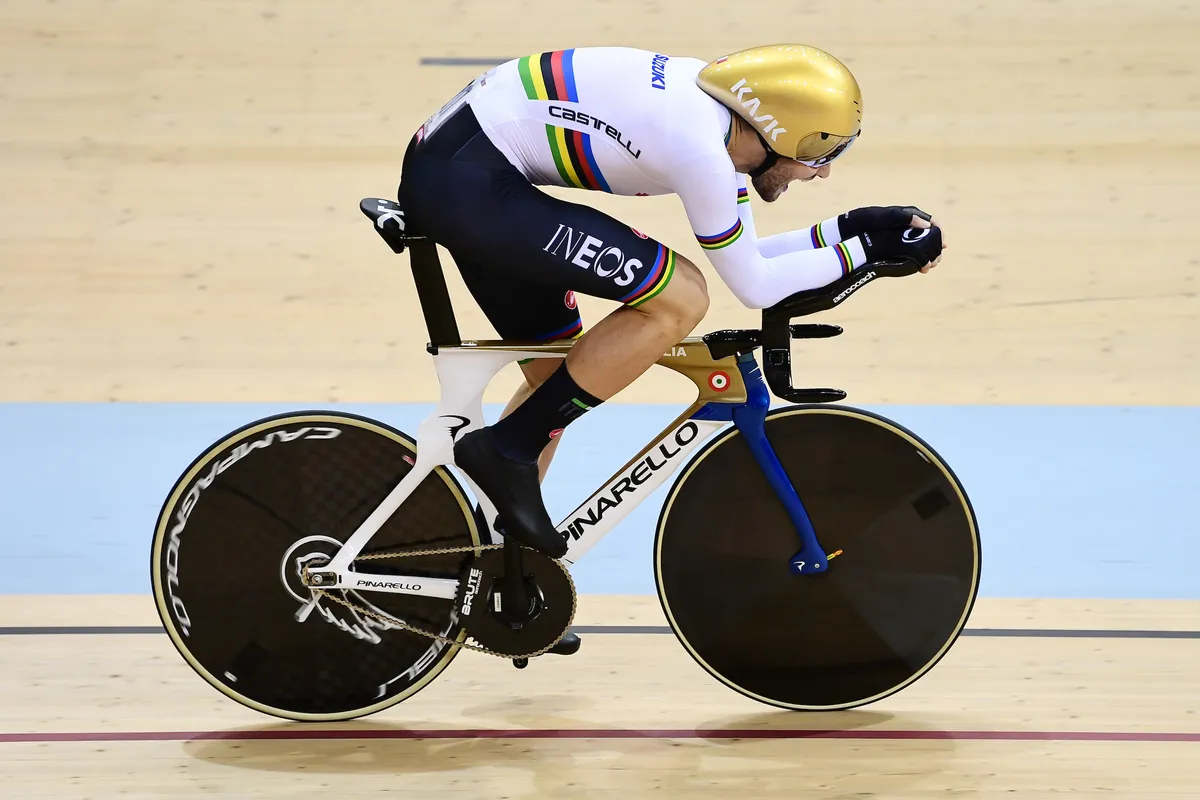
Designed to be compatible with the Pinarello Bolide and weighing in at approximately 450g a pair, each set of Vantaggio extensions are handmade in the UK and are made to completely custom specification for each customer – not just for shape and fit, but also in terms of carbon layup.
Xavier Disley, PhD, director at AeroCoach, told BikeRadar that this means each set will be optimised for strength and weight for the individual rider: “a big track rider putting out world record watts has a stronger, stiffer pair than a smaller rider, for example”.
Disley says the enormous cost is due to this customisation process, and the many steps that are involved in production: “if you order a set of Vantaggio extensions, you’re assigned an AeroCoach engineer who will personally go through your order with you in computer-aided design”.
From there, “prototype parts will then be produced so that you can check the fitment” and, following that, any further required changes can be made. Finally, because the extensions are handmade in the UK, this inevitably adds to the cost.
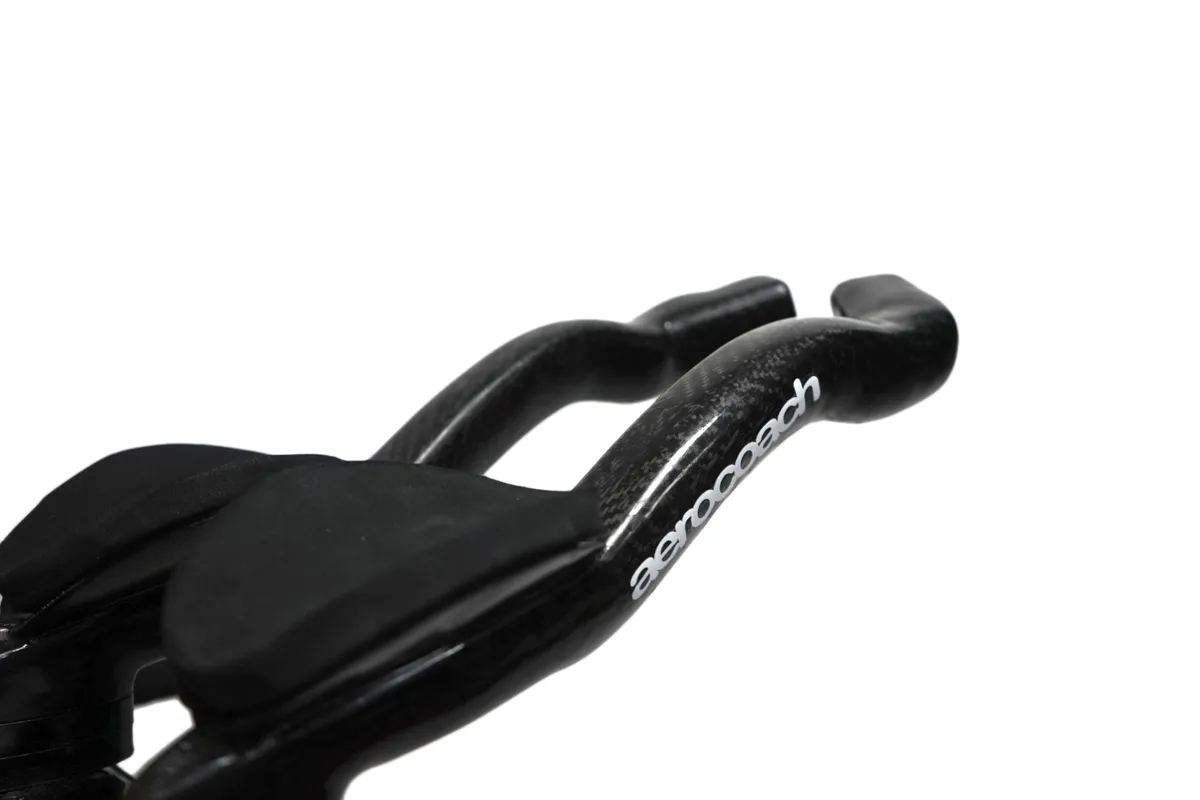
The advantage of these extensions is, apparently, mostly in ergonomics, because personal preference for any kind of fit can be accommodated.
However, Disley says they’re also slightly more aero than standard extensions because “they’re wider than other options, going right up to the UCI 40mm cross section limit”.
AeroCoach doesn’t sponsor Filippo Ganna, but expects that he will use them in the 2020 Tokyo Olympics, along with other riders, WorldTour teams and federations that AeroCoach is working with.
Disley told BikeRadar that he can’t say explicitly who AeroCoach is working with due to the sponsorship commitments its customers have.
Faster, higher, stronger
With the Olympics in mind, AeroCoach has also been teasing a selection of other aerodynamic components.
As per UCI rules, all of these products will have had to be used in competition by the time the Track World Cup in New Zealand takes place from 6 to 8 December 2019, and then be commercially available from 1 January 2020 in order to qualify for use at the upcoming games.
Though not everything is quite ready for public release, Disley was able to tell us about three other products.
The AeroCoach Lann track endurance handlebars, which are constructed using 3D printed titanium (similar to the handlebars on the new Hope/Lotus HB.T and those made by Bastion for the Australian Olympic cycling team), are designed to offer multiple hand positions and also appear to possibly be shaped to direct airflow around the riders' hands when using the drops.
Disley told BikeRadar that "the long flat section across the top of the handlebar is designed to offer a pseudo hoods position, to get greater reach and a more horizontal torso angle, as that's more aerodynamic."
AeroCoach was also able to provide a short video of a handlebar being made in a 3D printer.
The AeroCoach Ascalon carbon extensions are designed to be a universal version of the Vantaggio extensions (meaning they will fit a range of bikes).
These will not be available in completely custom spec, but will have “a variety of end grippers, tilt and length options”, as well as being “much, much cheaper”.
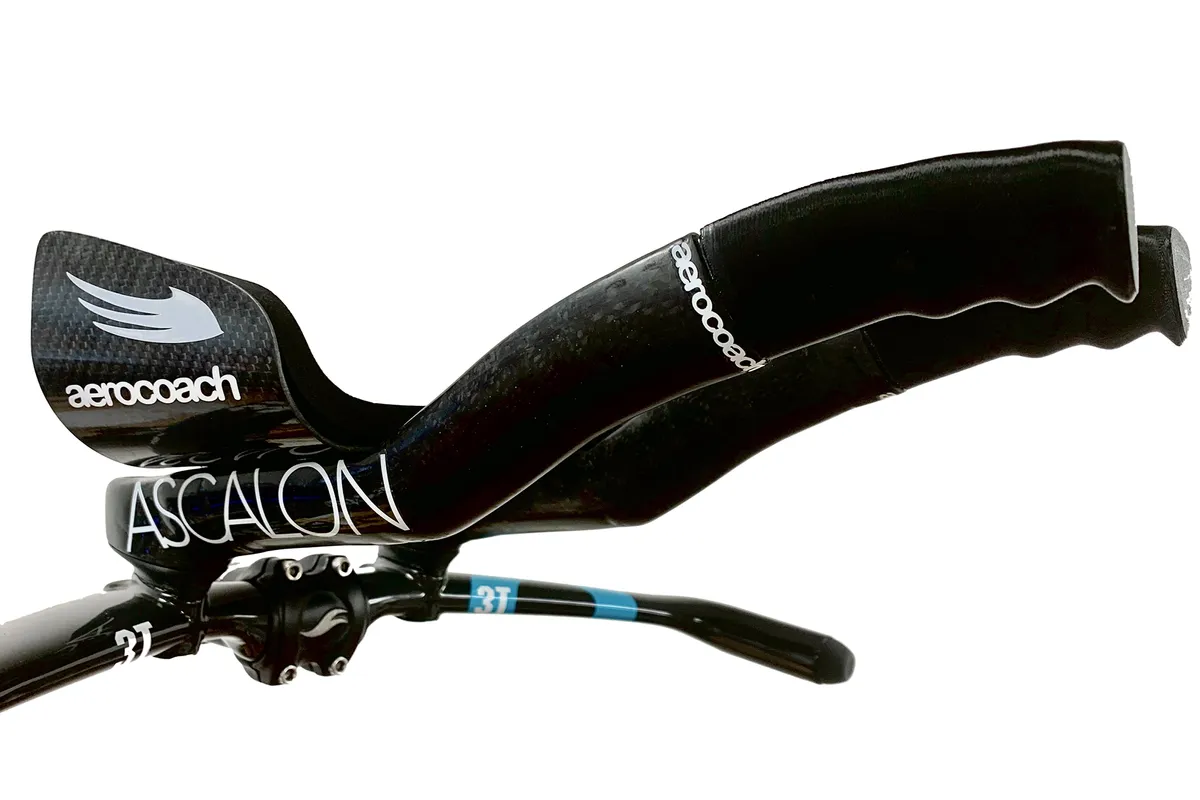
There are also two new AeroCoach skinsuits, one specifically designed for pursuit riders and another for endurance/drop handlebar use, both of which will apparently be used at the Tokyo games.
Developed in partnership with NoPinz, Disley says these skinsuits use a “special fabric that’s more aero than standard fabrics”.
He didn’t quantify exactly how much more aero these fabrics are or what the benchmark was, but it’s certainly interesting to note that skinsuits are now being designed around specific rider positions, rather than as ‘one type fits all’ garments.
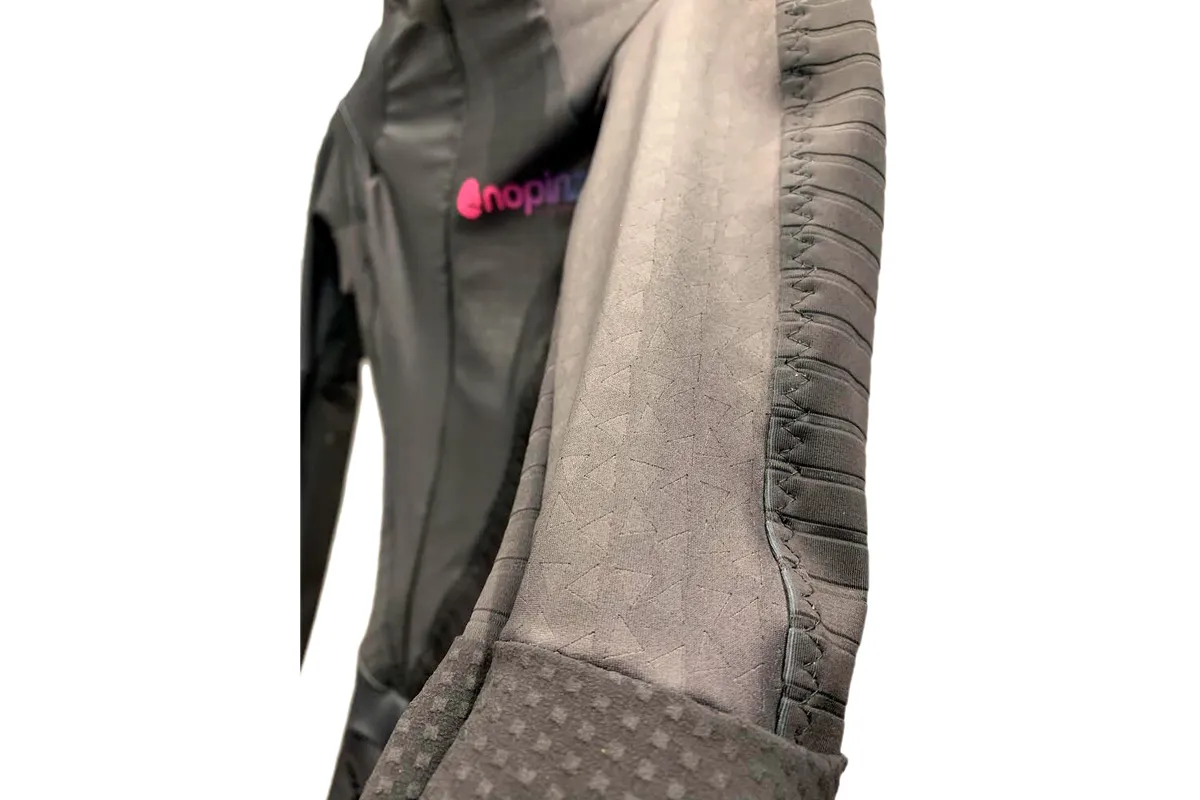
Pricing is yet to be announced for the Lann handlebars, Ascalon extensions or skinsuits, but Disley did tell us that the Lann handlebars would likely cost “a lot, even with a tiny profit margin”, due the highly expensive nature of the materials and construction method used, and that "in terms of £/watt, the skinsuit is a big saver".
